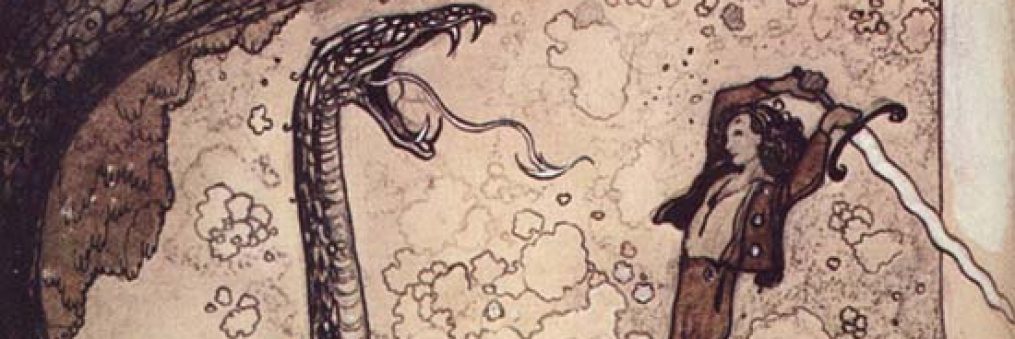Yes, I am still alive, and still doing things occasionally. I just don’t like using wordpress much anymore because the new Gutenberg Blocks editing system is literally the worst thing I’ve ever had to deal with, I can’t get it to work, I hate it so so much, and I can’t afford a business plan to fix it with a plugin.
Anyway here’s some stuff I’ve been up to.
RPG stuff
Haverdale, an RPG & setting. Buffy meets Sabrina meets the Hardy Boys, in a setting best described as ‘Lovecraft, but upbeat’. Deep One Hybrids in docksiders and preppy clothes, cute witches with crystal necklaces, meddling kids with a van. Wisecracking high schoolers in a small seaside town in northern Massachusetts. The players will primarily find themselves embroiled in mysteries, high school drama, and arcane shenanigans, chasing down a cryptid causing trouble in the nearby forest, staking vampires, or maybe foiling an alien invasion in-between class periods or over the weekend. Encountering malicious ancient bizarreities generally ends with said creature getting a baseball bat to the face, accompanied by a snarky comment about its appearance.
Currently working on finishing the mechanics and fleshing out setting details.
The Fair Isles & The Endless Sky, settings for BX/OSE. You can read more about both on my other blog. The Fair Isles, Inse Far, are inspired by the terrain and folklore of the islands of the North Atlantic; the Endless Sky by Central Asia, Slavic folklore, and the Great Plains.
Webcomics
I have literal months’ worth of scripts for both [Misc.] and Death, Snark, and Coffee Beans, but it’s been hard to have the motivation to draw lately. Hoping to update more in the new year than I have in this one.
Writing
Starship Express
Working on plotting a novel to follow up Express Request, as well as some other stories of uncertain length. I’ll end this post with a piece from one.
Maddie Myers and the Midnight Manuscripts
A novel about how libraries are magic, currently in the outlining stage. The basic premise is that Belief breaks down the walls between the real world and others.
Saffron Blue, Monster Hunter Secondary world fantasy, vaguely-post-Renaissance, two teenage/young adult main characters who hunt monsters for money. Currently two finished short stories; planning to write more and collect into an anthology.
Anyway that’s pretty much what I’ve been up to, at least as far as things that are ready to share. If you like my stuff and want to support me in getting off my butt and getting something done, my Buy me a Coffee page is linked in the Things I’ve Done tab. External validation is really helpful for me because my brain doesn’t know how to produce any motivation on its own.
A Starship Express Snippet
Tessibel Pleiades Hompson slung her feet up on the console. Well, up was a relative term in space, but her chair was attached to what served as the floor when she landed properly, so she called it up to keep her spatial recognition from freaking out. Her cat purred, pushing his head into her palm as she pet him. She frowned, checking the readout on the touchpad in her other hand; something was definitely off in one of the ship’s physical systems. She sighed and called up the Wanderbird’s schematics. Probably the damn coolant pipe again.
“Sorry, Mr. Darcy. I have to fix the ship. Again.” She pushed the Russian blue gently off her lap before unbuckling; the cat drifted upward, meowing plaintively, until he managed to hook his claws into a strap on the ceiling.
She grabbed her rebreather from a pocket and took a few huffs to make sure it was working before she opened the floor panel. The air circulation system should remove any excess fumes and toxins, but if it was the coolant, a whiff of the first burst of gas could be deadly. She checked to make sure Mr. Darcy was a safe distance away, then opened a drawer and grabbed a magnetic screwdriver. Four screws off, tucked safely in a pocket so they wouldn’t float away; one more check on the cat (he was working his way down the wall), then off came the floor panel. A faint hiss of gas; she pulled a scrubber from the tool drawer and ran it through the air between herself and the hole.
Sure enough, the coolant pipe had sprung a stress fracture; the scrubber whirred as it passed and an indicator light flashed blue. A line of sealant, and the light went off; she hesitated a moment, then added a wrap or two of duct tape just to be sure. She made another scrubber check, close to the pipe, and then secured the scrubber in its slot. Floor panel screwed in, screwdriver re-secured, drawer closed. Rebreather off. Problem solved; until her next hyper-jump, anyway. Hopefully she could make it to a Starship Express depot. I really need to have the StarEx mechanics give you a once over, old girl. She considered. Maybe a twice-over. The SES Wanderbird had come to her used, and though it still wasn’t a particularly old spacecraft, StarEx pilots tended to fly their ships hard. It was a necessity when evading pirates, orbital debris, and people who – for one reason or another – really did not want certain messages to reach their destinations.
On the way back to her seat she rummaged around in her meager fridge, eventually deciding on a Pepsi-Cola drink, ‘for all your carbonated needs!’ She extended the flexible straw and pulled off the seal. The soda was flat; but then, she’d probably had it in the fridge for the past month. She shrugged, took another sip, and buckled in. She keyed up a classic C. J. Cherryh novel on her touchpad. Then she leaned forward and rekeyed the hyper-jump, and off she went – now bound for St. Brysse, and its orbital refueling station.
